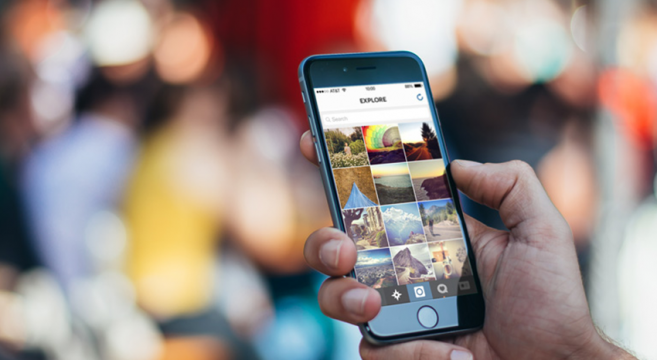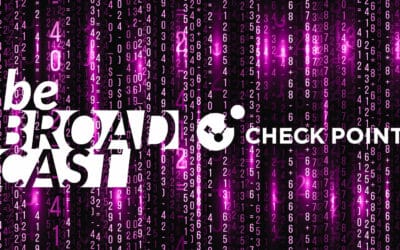Right now, people across the internet are making money from influencing, and brands are making even more money through them.
But with such a new form of marketing on the upswing, there are ever-newer concerns about regulation and professional ethics. Social media has broken down many of the barriers to a high profile that went before.
Influencers create relationships with an audience – quite often with a high proportion of under-18s among them – and brands can get privileged access to every single one of them.
For that reason, regulators made a move to clear up many of the transparency issues around influencing. But it’s still yet to be seen if it’s worked well enough, or been applied fairly across the sector.
We spoke to Daniel Nolan, Managing Director of Manchester-based creative digital agency theEword, to explore what these new rules mean for both social media users and brands.
Recent rule changes
Nolan says the rules introduced are “nothing majorly new – more a solidifying of previous guidance, in the wake of several high-profile breaches punished by the ASA.
“The CMA requires influencers to be clear about when they have been paid to create branded content, or received ‘any form of reward’. [This] could include freebies – both products and services – and products loaned for review purposes.”
For quite a while now, the inclusion of disclaimers such as #ad and #spon has been common – but “official requirement for their inclusion is much more explicit. Failure to properly notify consumers of sponsored content may lead to further action.”
The guidelines, says Daniel, “are quite clear. If a brand has control of content being posted by influencers, the brand is subject to the advertising code of practice – just as it would be for any owned media.
“That said, influencers are essentially a sort of independent publisher, so it is only right that they too bear responsibility for ensuring they post in-line with regulations.”












